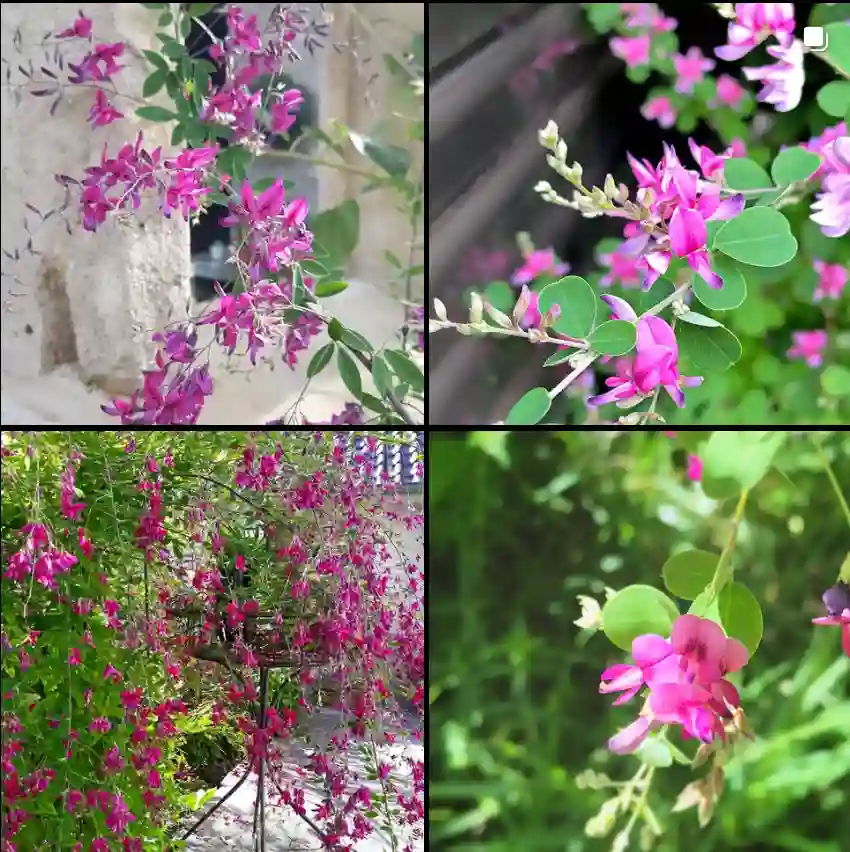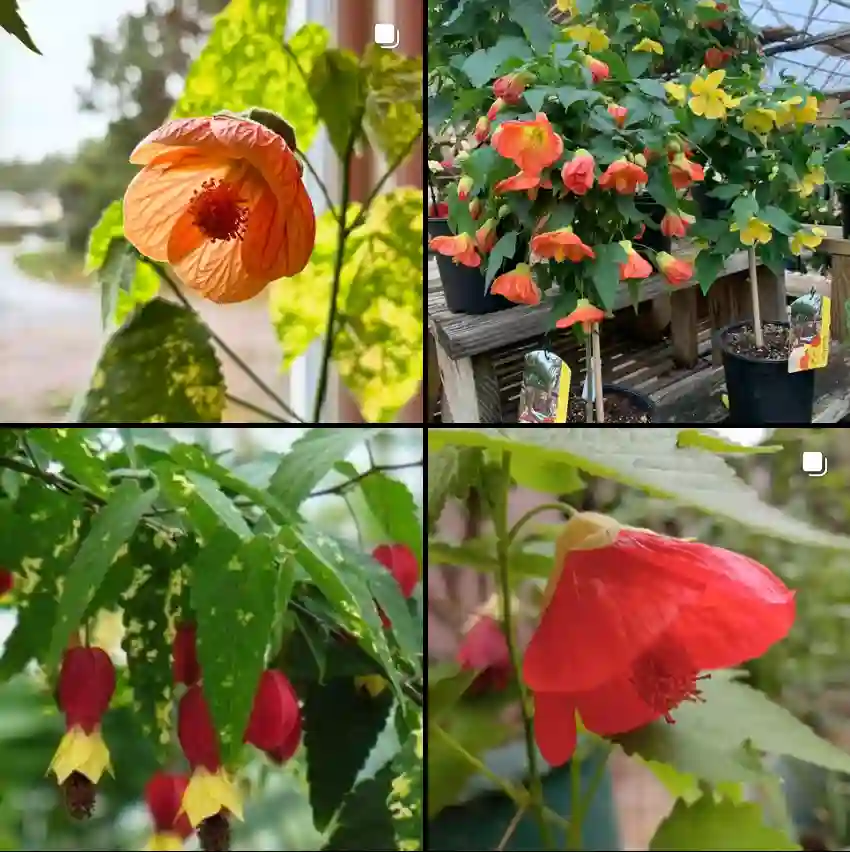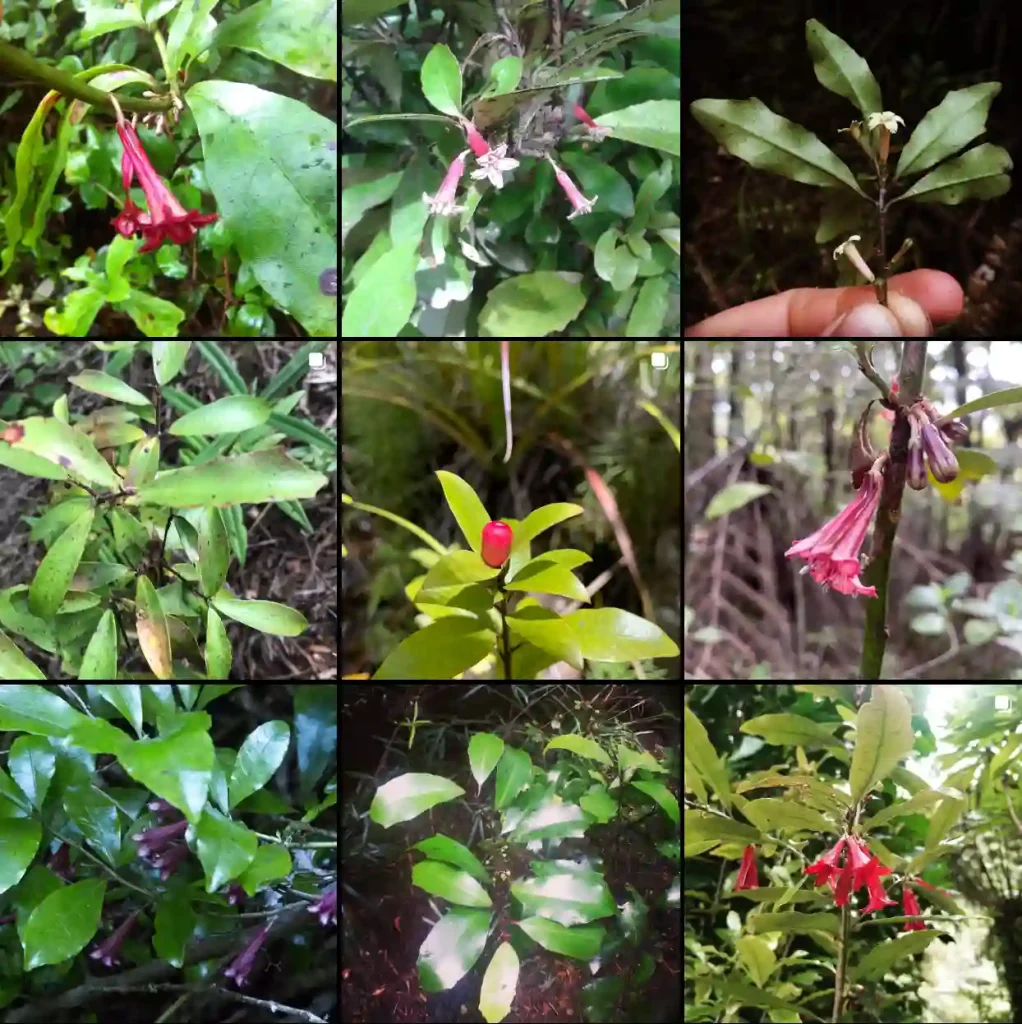All About Calycanthus Occidentalis: A Gardener’s FAQ
Hi there, Ferb Vu here! Today, we’re diving deep into the world of Calycanthus occidentalis, a captivating shrub with a whole lot to offer. Often known as Western Sweetshrub or California Allspice, this beauty has captured the hearts of gardeners for years.
Whether you’re a seasoned plant enthusiast or just starting your gardening journey, this FAQ will equip you with all the essential knowledge about Calycanthus occidentalis.
4 Species in Genus Calycanthus
What’s the allure of Calycanthus occidentalis?
Calycanthus occidentalis boasts a unique charm that endears it to gardeners. Here are some highlights:
- Fragrant Flowers: This shrub is renowned for its intoxicating fragrance. The blooms, a dark red to burgundy color, exude a captivating aroma reminiscent of strawberries and spice.
- Long Blooming Season: Enjoy a vibrant display of flowers for an extended period. Calycanthus occidentalis starts blooming in late spring and continues to grace your garden with its beauty well into early fall.
- Adaptable and Easy-Going: This shrub isn’t fussy. It thrives in various light conditions, tolerating full sun to part shade. It also adapts to a range of soil types, from sandy to clay, as long as it’s well-drained.
- Wildlife Magnet: Attract beautiful pollinators to your garden. Calycanthus occidentalis attracts butterflies, bees, and hummingbirds, creating a delightful buzz.
How to plant and care for Calycanthus occidentalis?
Adding Calycanthus occidentalis to your garden is a breeze. Here’s a quick guide:
- Planting: Choose a well-drained location with full sun to part shade. Ideally, plant in early spring or fall. Dig a hole twice the width of the root ball and amend the soil with compost for added richness. Water regularly, especially during the first growing season.
- Watering: Water deeply and regularly, especially during dry spells. Aim for moist but not soggy soil.
- Fertilizing: While not essential, a light feeding in early spring with a balanced fertilizer can promote growth.
- Pruning: Minimal pruning is required. Prune after flowering to maintain the desired shape or remove any dead or diseased branches.
How does Calycanthus occidentalis compare to Eastern Spicebush (Calycanthus floridus)?
Calycanthus occidentalis is often compared to its close relative, Calycanthus floridus, also known as Eastern Spicebush. Here’s a quick breakdown of the key differences:
- Bloom Time: Calycanthus occidentalis blooms from late spring to early fall, while Calycanthus floridus blooms in early spring.
- Habit: Calycanthus occidentalis grows taller and wider than Calycanthus floridus.
- Cold Tolerance: Calycanthus occidentalis is slightly less cold-tolerant than Calycanthus floridus.
Both Calycanthus occidentalis and Calycanthus floridus are excellent choices for your garden, offering fragrant blooms and wildlife benefits. The best choice depends on your specific needs and preferences.
Can I use any part of Calycanthus occidentalis?
While not widely used, some folks find the leaves of Calycanthus occidentalis have a subtle peppery flavor. The leaves can be used sparingly to add a unique twist to soups and stews. However, it’s important to note that some people may experience stomach upset when consuming the leaves. It’s always best to consult with a healthcare professional before using any plant for culinary purposes.
Important Disclaimer: It’s important to remember that all parts of Calycanthus occidentalis, except the mature fruits, are considered mildly toxic. Ingestion can cause nausea, vomiting, and diarrhea. Therefore, exercise caution and keep this plant out of reach of children and pets.
Where can I find Calycanthus occidentalis?
Calycanthus occidentalis is becoming increasingly popular and can be found at many nurseries and online retailers specializing in native plants.
I hope this FAQ has enlightened you about the wonderful Calycanthus occidentalis. With its fragrant blooms, adaptability, and ease of care, this shrub is sure to become a treasured addition to your garden.
If i die, water my plants!



